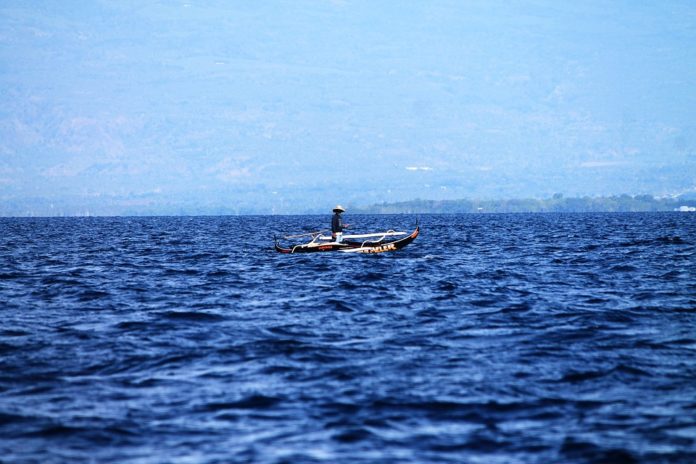The major biogeochemical cycles of marine ecosystems are driven by solar energy. The energy that is initially captured through photosynthesis is transformed and transported to great ocean depths via complex, yet poorly understood, energy flow networks. Now, scientists at the Oregon State University, for the first ever time, have tracked how much energy from plants and animals at the surface of the open ocean survives as particles drop to the seafloor more than two miles below.
The study documents how little energy survives. Most of it is lost in the upper water column to bacteria, which scour any particulate matter for food. Be that as it may, a few diatoms – a specific kind of single-celled algae – are adequately heavy that they sink like a proverbial rock after they die, coming to the sea floor before microorganisms get an opportunity to drain out all the nutrients and energy.
The shells of dead diatoms can reach as much as a half mile deep on the ocean floor with most of their energy supply intact. They then form a food web that includes tubeworms, small crabs and other small organisms, living in a “feast-or-famine” existence.
Ricardo Letelier, an Oregon State University marine ecologist and co-author on the study said, “Energy can be a funny thing. You can eat a doughnut or a piece of coal, and they both may contain about the same amount of carbon. But you can’t get much energy from eating coal. We usually measure the amount of carbon in organisms, not the amount of energy they provide. This study is one of the first to focus on energy and the results are surprising.”
A few years ago, the researchers, who focused their study on the North Pacific Subtropical Gyre, found another aspect that contributes to the “feast-or-famine” existence of organisms at the bottom of the ocean. There is a huge peak in diatom production during the last two weeks of August, creating a sharp spike in food production for that environment.
Letelier said, “In contrast to these upper water column processes, particles reaching the deep sea (4000 m) are energy-replete with organic carbon-specific energy values similar to surface phytoplankton. These enigmatic results suggest that the particles collected in the abyssal zone must be transported by rapid sinking processes. These fast-sinking particles control the pace of deep-sea benthic communities that live a feast-or-famine existence in an otherwise energy-depleted habitat.”
“Luckily, it’s a cold-water environment and thus they have a low metabolism, so they probably don’t need much.”
Phytoplankton production at the surface is a huge source, but there is still uncertainty on how close it comes to supply all the energy needed to support all the life observed in the deep regions of the ocean. Other sources include hydrothermal vents, methane seeps, ethane, and different atmospheric and terrestrial carbon sources.
Letelier said, “We are still very far from being able to achieve a full understanding of the level of energy needs and sources.”
The study is published in the journal Nature Communications.
